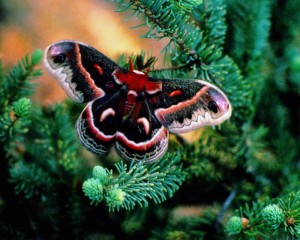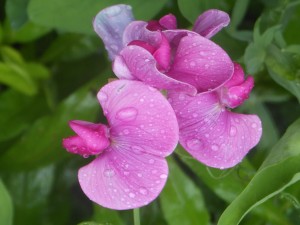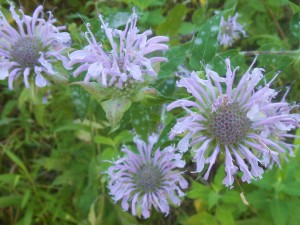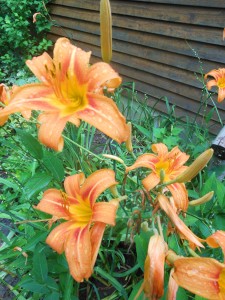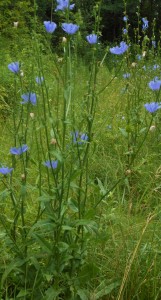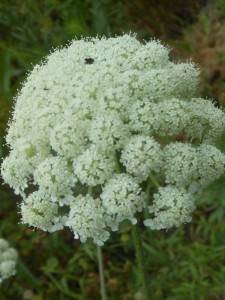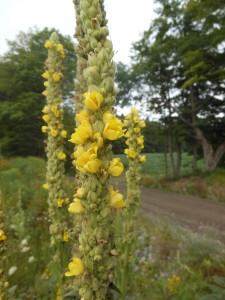How are you enjoying our nice, warm summer hikes, when you don’t have to put on so many layers that it’s hard to walk, and we can end many of our hike days with these enjoyable picnics in the park. There’s certainly allot more nature to add to your hiking pleasure. Along the trails we hike, we can find many different kinds of mushrooms, unless the rainfall is much below average, which has not been the case so far this year. Many of you have taken some very nice pictures. How about posting your pictures on this web site, so we’ll have a collection of what we’ve seen. If, after seeing your picture, on a larger screen than your phone, I can identify it, I’ll add it to the picture.
So, from now, till the first killing frost, which is usually around the middle of October, let’s see what mushrooms we can find on our Sunday hikes, take pictures, and post them on this site. Be sure to look at the underside. Most will have gills but some will have pores or teeth, instead. This is where the mushroom produces spores, that are carried by the wind and spread, and is the first step in identifying mushrooms. Your pictures, therefore, should show the underside, as well as the top.
If we find any good edibles, and you think you might like to bring some home to try, carry a paper bag with you. Plastic is not recommended because they can sweat and rot inside. Remember that there are many wild mushrooms that can cause mild to severe discomfort, or even, death. NEVER even think of eating a wild mushroom, unless you are absolutely sure of its identity. Mushroom roulette is a deadly game Any, that I tell you are safe, are ones that I have eaten, and am still here to write about them. You can use this opportunity to learn about mushrooms, or buy them at the store, and help Mr. Wegman pay the taxes on his house on Canandaigua Lake.
Picking mushrooms is not like digging up wildflowers, which destroys the entire plant. The mushroom is just the fruiting body of the fungus. The mycelium radiate hundreds of feet in the soil, and will send up more mushrooms, making it a renewable resource. Some of the mycelium wrap around tree roots, bringing the host tree essential water and minerals. The tree makes organic compounds through photosynthesis, that nourish the fungus, making each dependant on the other.
We have the good fortune of having had some joint ventures with RAMA, the Rochester mushroom club, where we have met people who know mushrooms far better than Georgia and I do, such as Garrett Taylor of Olean, who has joined us on some of our hikes. You can see pictures of some local mushrooms on the RAMA web site, www.rochestermushroomclub.org. In the near future, we will have the opportunity to meet some more people who have expertise on mushrooms. The dates are:
Suinday, September 8: At our hike in Wesley Hill, we will be joined by Richard Aaron of Toronto, a member and leader of the local mushroom club, there.
Wednesday, September 11: At the meeting of the Springwater Webster’s Crossing Historical Society, attendees will bring in mushrooms that they’ve collected and, after a pot luck dinner, specimens will be discussed and identified by Dr. Randy Weidner of Bath.
Saturday, September 14: At the magnificent Fiddler’s Fair, there will be a table of mushrooms collected at the maple farm, and members of RAMA will be there.
Sunday, September 22: Don Tuminelli of Conesus (ex president of RAMA) will be there to review mushrooms collected at Katherine’s Christmas Tree Farm.


